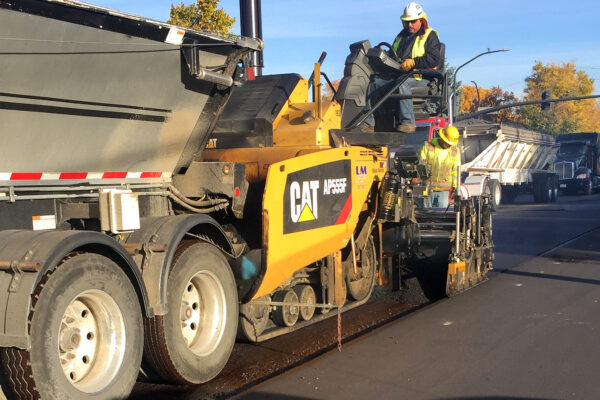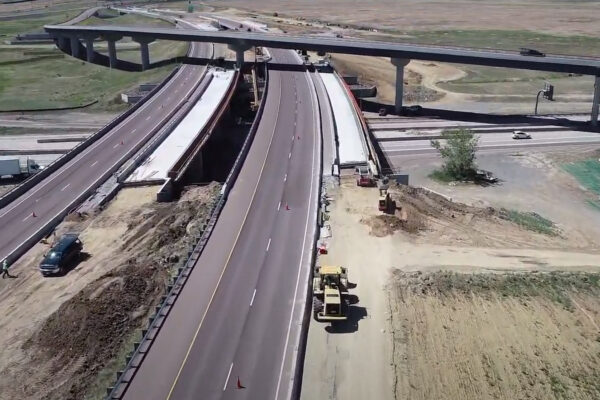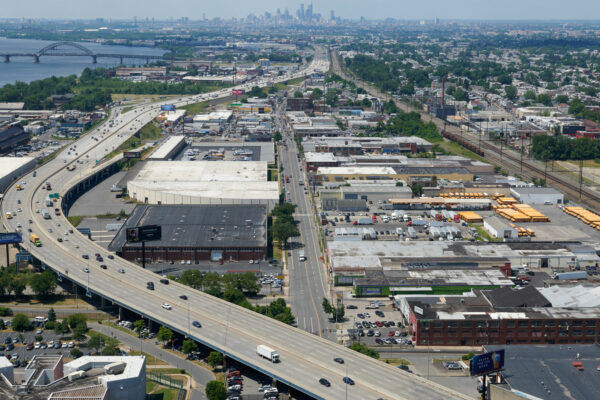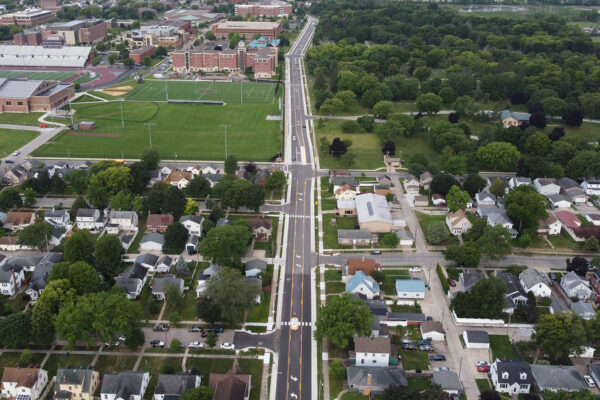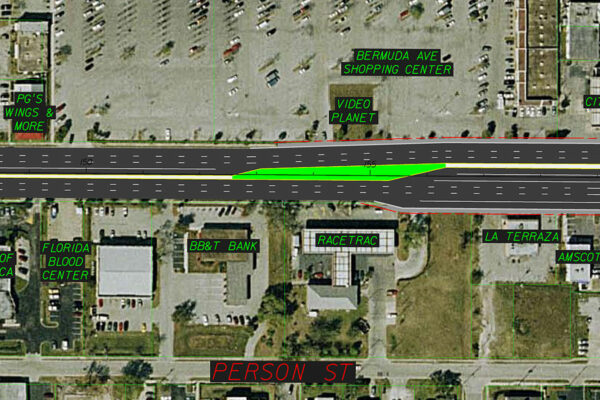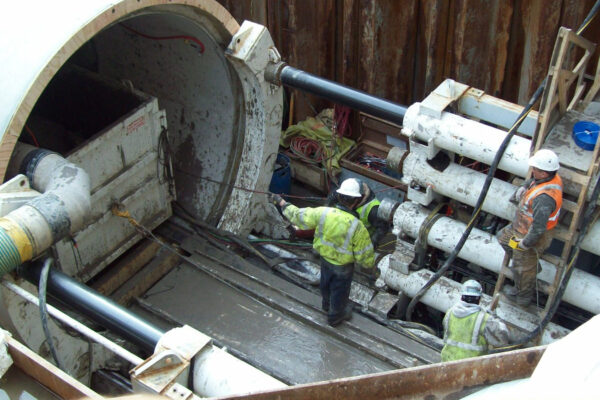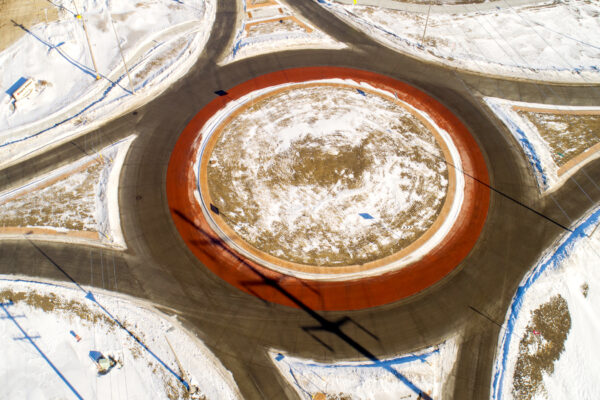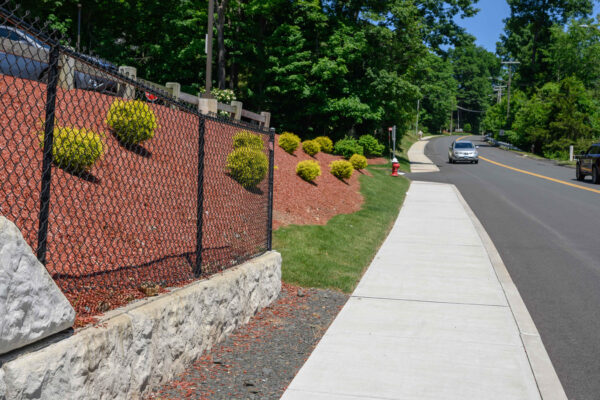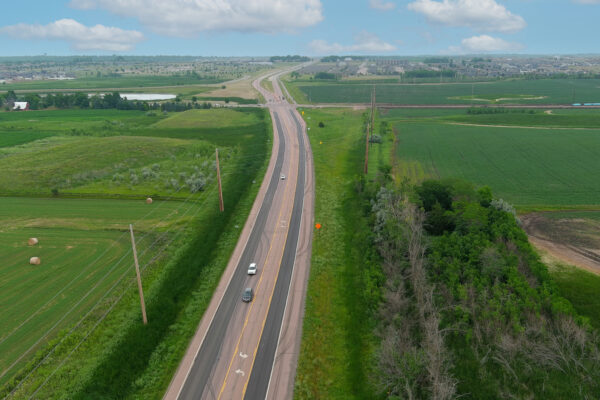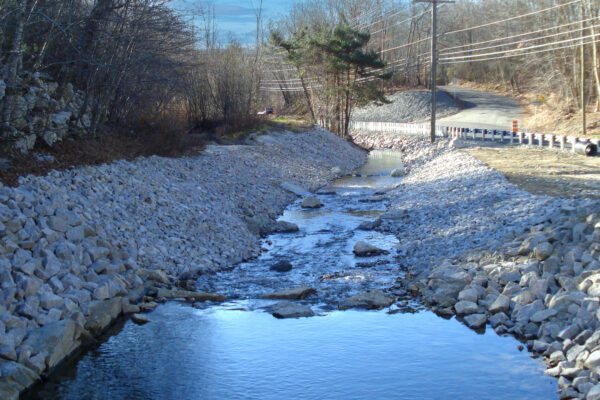Stearns Road Corridor
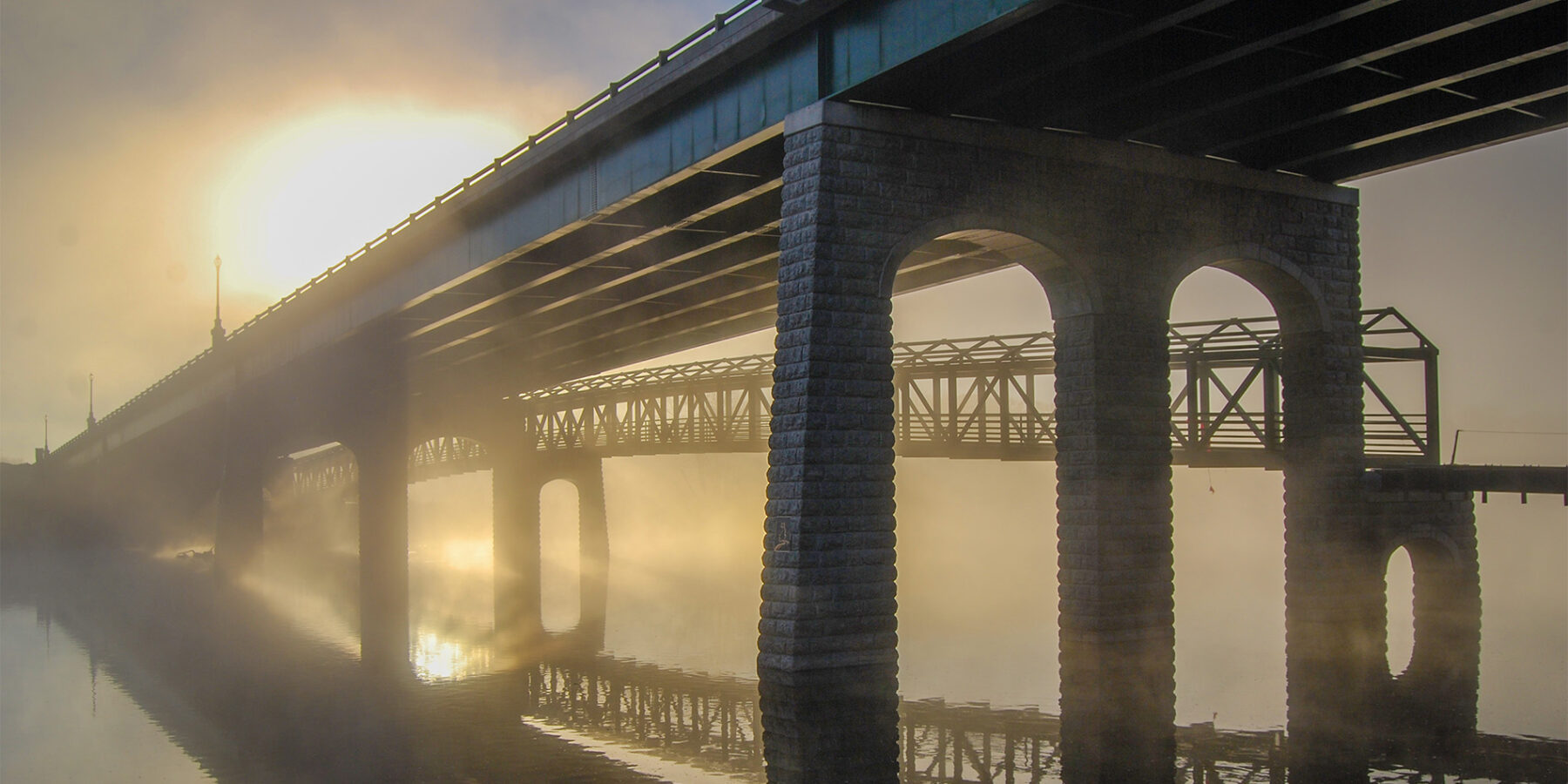
Rapid growth and increased traffic demands led Kane County, IL, to evaluate options for a new crossing over the Fox River. As part of the planning process, Benesch investigated multiple options for the County, from which the $148 million Stearns Road Corridor alternative was chosen. Benesch also provided design and corridor construction management services.
The project was the largest undertaken in the County at the time of its construction and included five miles of new roadway, eight highway bridges including a new Fox River crossing, two railroad bridges, four pedestrian bridges, trail interconnections, new multi-use path, intersection improvements, 10,000 LF of storm sewer; and much more.
Benesch also led the development of an Environmental Impact Statement (EIS), public involvement activities, implementation of Context Sensitive Solutions, a location drainage study and preparation of a design study report. Considerable coordination with the Illinois Department of Transportation, as well as numerous local, state, federal, environmental and rail agencies, was also required.
The Stearns Road Corridor is a true environmental success story, as its construction led to countless enhancements to the area’s rich and vibrant natural resources. As part of the project, an Environmental Vision Document was prepared to ensure environmental concessions were made and maintained in perpetuity, protecting critical areas of the ecosystem from development. In total, 90 acres were procured for highway right-of way and 216 acres were procured for green space, including restored savannahs and numerous parcels dedicated to the Forest Preserve. Other environmental successes include:
Water Quality
A 65-acre Wetland Restoration Site was created to ensure stormwater quality during construction and protect an environmentally sensitive creek and watershed. Another 35 acres were purchased to build a new groundwater recharge protection facility. State-of-the-art soil erosion and sediment control were also implemented including dust control watering and silt fencing. Additional elements included temporary pumping basins, sealed storm sewers, and the use of roadside ditches with naturalized plantings instead of storm sewer.
Native Vegetation Improvements
Former and native savannahs were restored by removing broken-down buildings and driveways, clearing through controlled burns, and planting 150 deciduous trees, 350 shrubs and 200 perennials. Visitor centers and permeable pavement driveways were also added.
Endangered Species Protection
Project operations were stopped to allow the River Redhorse fish to spawn. Slippershell mussels were also relocated to secure their safety

